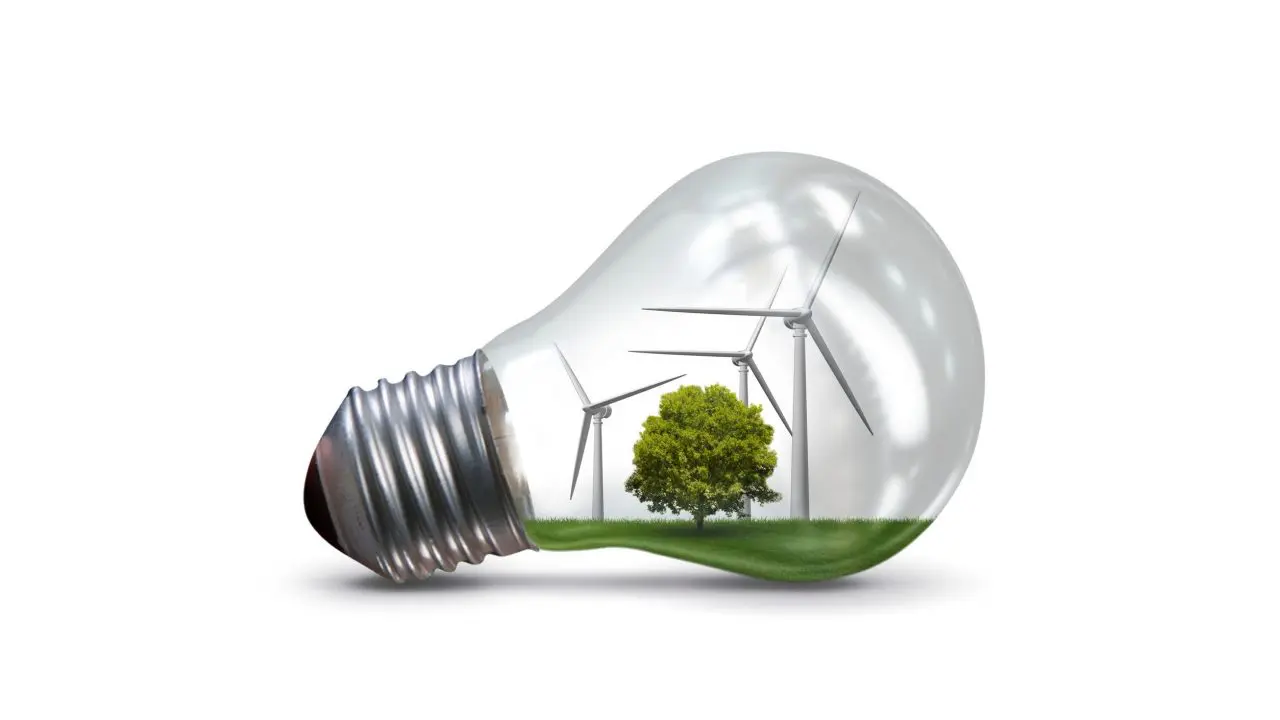A recently released study revealed that companies providing integrated solutions in addition to their standard product offerings stand to gain a competitive edge in the global LED lighting market.
Analysis from a Frost & Sullivan report titled “World LED Lighting Markets (2013 Update)” found that earned market revenues totaling $9.18 billion in 2012 could exceed $36 billion by 2017, with particularly noteworthy expansion expected to occur in the residential and outdoor application segments. Moreover, the dual emphases on reducing energy consumption and minimizing greenhouse emissions in lighting will continue to drive the LED market and dictate companies’ trajectory.
In effort to speed up the adoption of such integrated practices, many firms will offer solutions that include consultations and maintenance services. Prices for LED lamps are expected to be reduced as well, increasing global sales volumes and convincing many emerging nations to turn to solid state lighting – or SSL – practices to accommodate energy decrees.
“Governments worldwide are opting for SSL to cope with the demand for artificial light, which is expected to see a 60 percent increase by 2030,” noted Balaji Anand Sagar, Frost & Sullivan’s energy and environmental research analyst. “Energy-saving LED light sources, therefore, have immense scope as they last an average of 15,000 hours and produce the same lumen output as incandescent lamps, which last just 1,000 hours.”
The report also acknowledged that the global LED market has yet to fully phase out the use of incandescent and compact fluorescent lamps, particularly in the aforementioned emerging nations. Many users content with those lighting technologies, it is assumed, will make the transition to LED lighting with time and greater exposure.
Within the LED industry, merger and acquisition activity is projected pick up in 2014, as participants aim to increase their market presence and continue to promote brand visibility.





